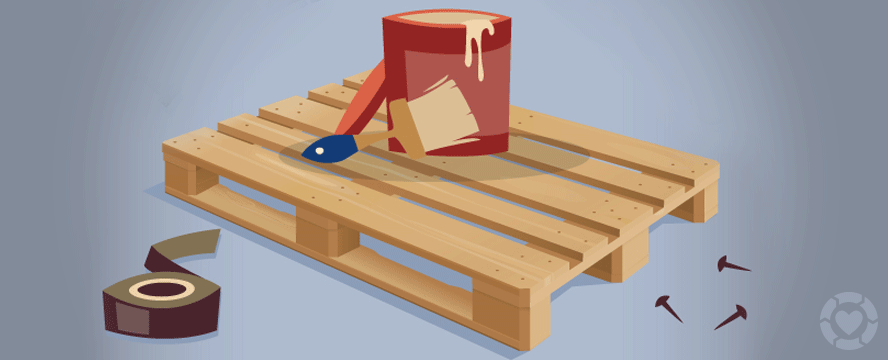Expose The Enthralling Experience Of Remodeling Aged Cabinets, Unveiling Unimaginable Tales And Unlocking The Tricks Of Classical Times
Expose The Enthralling Experience Of Remodeling Aged Cabinets, Unveiling Unimaginable Tales And Unlocking The Tricks Of Classical Times
Blog Article
Published By-Snider Wilkerson
To begin the journey of recovering antique cupboards, you need a keen eye for detail. Envision revealing hidden secrets within each layer of background embedded in the timber. Photo the fulfillment of reviving a once-forgotten piece to its previous glory. Every action of this careful process holds the key to maintaining the past while creating a future treasure. So, are you ready to embark on this transformative endeavor and unlock the potential of your antique closets?
Evaluating the Cabinet's Condition
When starting the repair process, start by assessing the problem of the antique closet. Thoroughly analyze the total framework for any indicators of damages such as splits, chips, or loose joints. Inspect the timber for any kind of rot, bending, or insect invasion that may have happened with time. It's critical to identify the degree of the repair required before continuing further.
Next, check the cabinet's hardware such as joints, handles, and locks. Make note of any missing items or components that require fixing or replacement. Guarantee that all hardware is functioning correctly and securely affixed to the cupboard.
In addition, examine the closet's surface. Seek any type of scratches, spots, or staining that might influence the visual allure. Establish if the coating needs to be stripped and reapplied or if a straightforward touch-up will certainly suffice.
Gathering the Essential Tools and Products
After examining the condition of the antique cupboard, the next action is to gather the necessary tools and products for the remediation process. Prior to you start, ensure you have the adhering to products accessible:
- timber cleaner
- sandpaper in different grits
- timber filler
- paint or timber stain
- brushes
- gloves
- security goggles
- a dust mask
- a drop cloth
- a putty knife
- a hammer
- a screwdriver
- a vacuum
These tools and materials are crucial for a successful remediation.
Timber cleaner is critical for eliminating years of dirt and grime accumulation, preparing the surface area for fining sand. Sandpaper of different grits assists in raveling imperfections and preparing the wood for a brand-new surface. Wood filler comes in handy for fixing any kind of splits, holes, or damages existing in the cupboard.
Repaint or timber tarnish, in addition to brushes, enable you to customize the closet to your choice. Keep in mind to put on gloves, safety and security goggles, and a dirt mask for defense. Lay down a ground cloth to secure your work area, and make use of a vacuum cleaner to clean up any debris.
With these devices and products collected, you prepare to begin the remediation process.
Performing the Restoration Process
To effectively carry out the remediation procedure on your antique cupboard, begin by extensively cleaning the surface area with the wood cleaner. This action is crucial as it assists remove years of dirt, crud, and old gloss that might have gathered on the surface.
As soon as the closet is tidy and completely dry, assess the problem of the wood. Try to find click the up coming internet site , scrapes, or various other damages that require to be attended to. Use timber filler to fix any type of blemishes, ensuring to match the filler color to the timber tone for a smooth finish.
After the repair services have actually dried out, delicately sand the whole surface area to create a smooth and even base for the brand-new coating. Beware not to sand too aggressively, as you do not intend to damage the wood underneath.
Once bathroom renovations costs is complete, apply a timber discolor or finish of your option, following the manufacturer's directions. Enable the finish to completely dry completely prior to applying a protective leading layer to ensure the long life of your recovered antique cabinet.
Final thought
Now that you have actually finished the remediation process, your antique closet looks just as good as new.
By adhering to the step-by-step overview, you were able to examine, repair, and enhance its condition easily.
With a fresh surface and protective leading coat, your valued piece will continue to radiate for many years ahead.
Take pleasure in the charm of your brought back antique cabinet!
